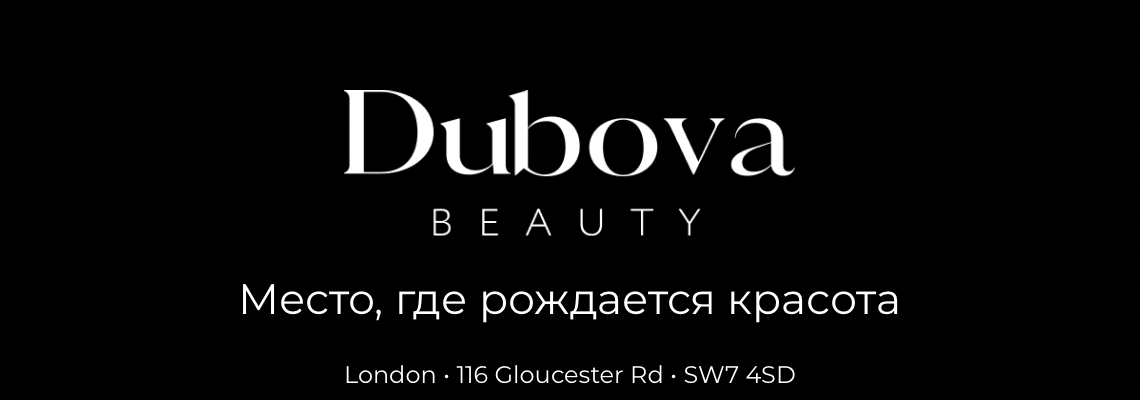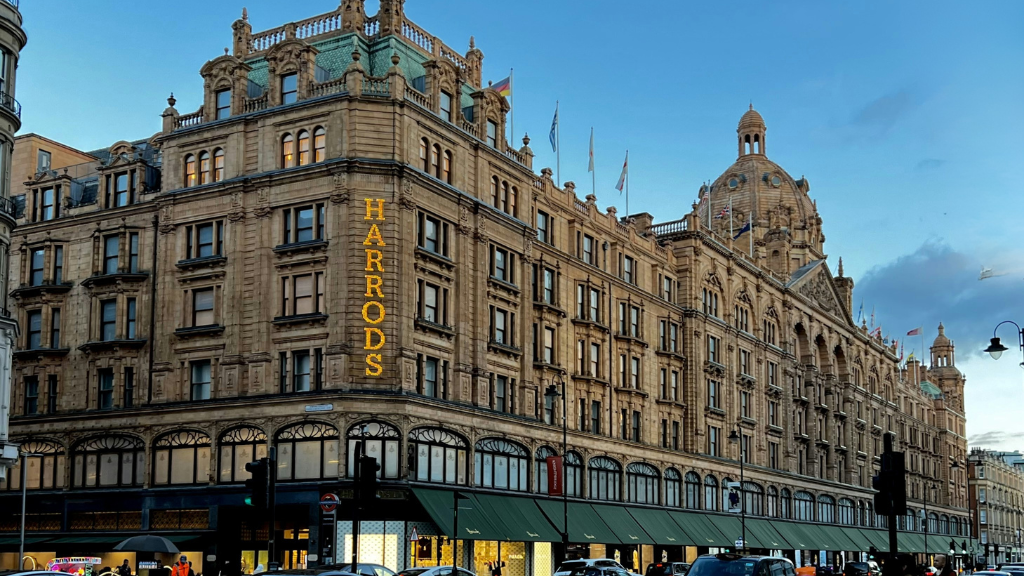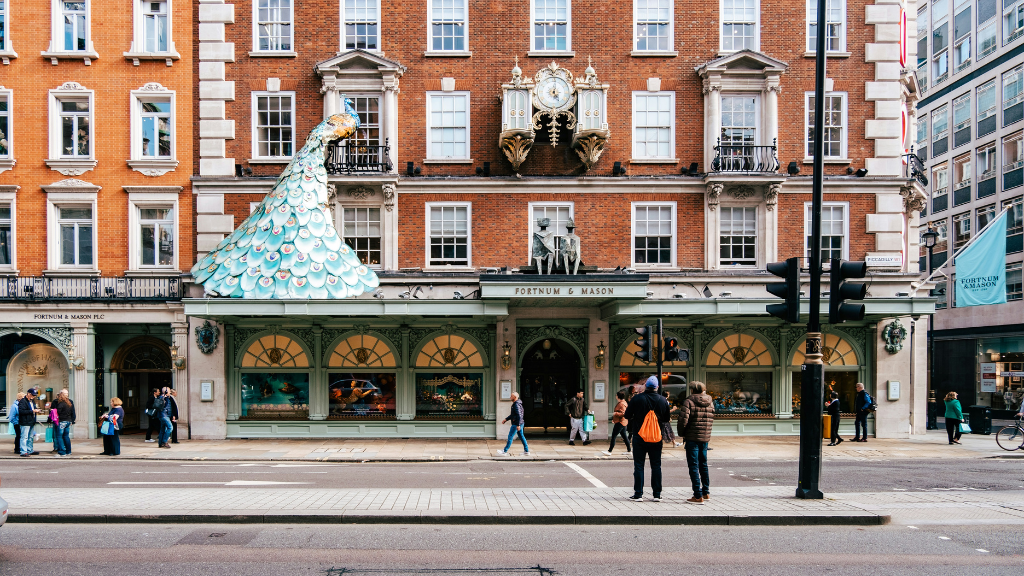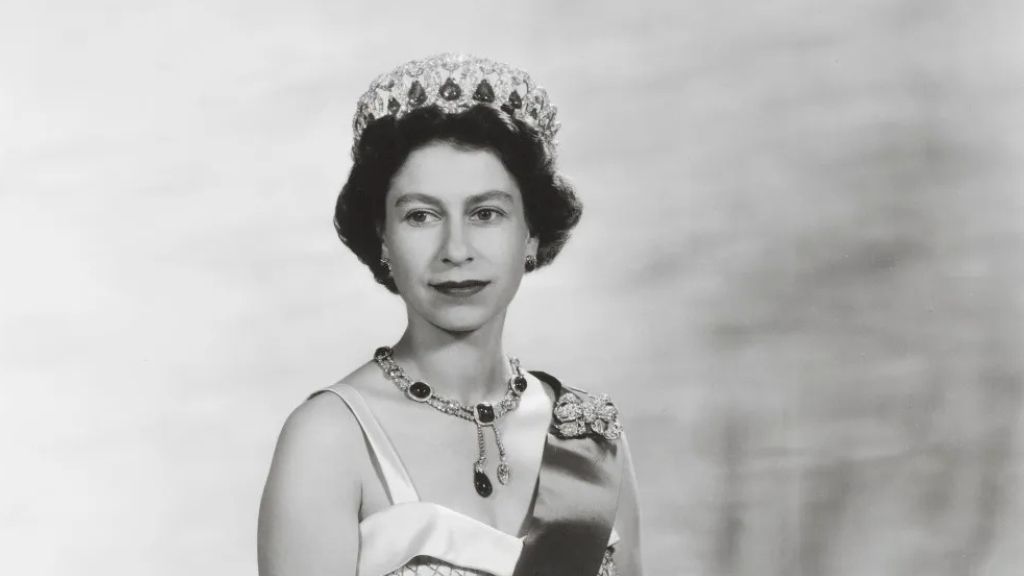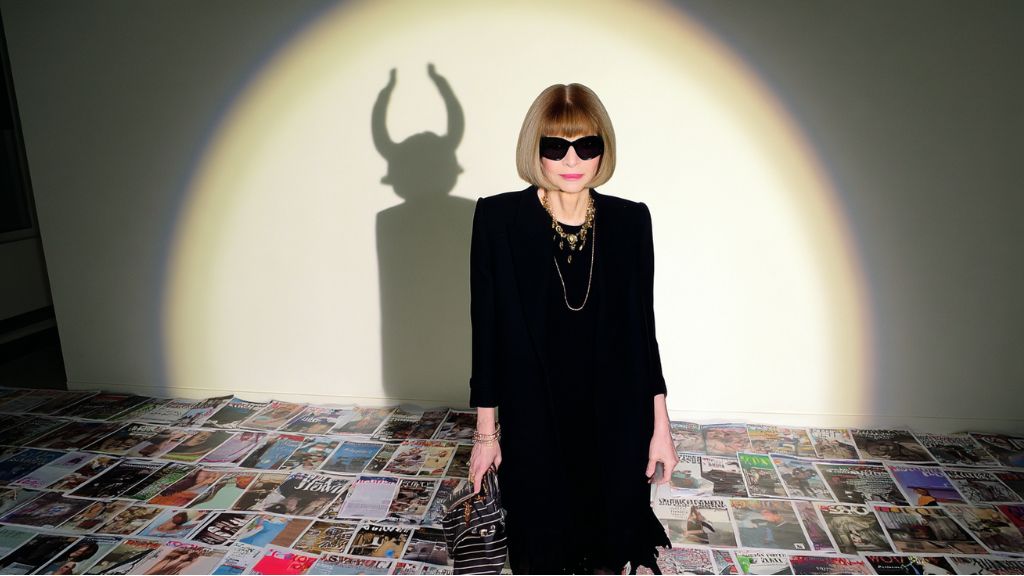
Anna Wintour: how she became a fashion icon and what her exit from Vogue could mean
On June 27, the glossy world of glamour was shaken by a dramatic headline: Anna Wintour, the legendary editor-in-chief of American Vogue, is stepping down. Wintour has held the reins of the world’s most glamorous magazine for an astonishing 37 years. In that time, she became not just a fashion icon but a cultural one — reinventing the cover and aesthetic of Vogue and transforming it into a global tastemaker. Feared and revered in equal measure, her famously exacting standards earned her a nickname among colleagues that still lingers: “Nuclear Wintour”. Afisha.London magazine looks back at how an ambitious rebel from Britain revolutionised the world of fashion publishing — and became a household name thanks to The Devil Wears Prada — the bestselling novel, the iconic film, and now a dazzling new musical currently lighting up London’s West End, with music by Sir Elton John.
This article is also available in Russian here
Anna Wintour’s youth and the age of Swinging London
Anna Wintour was born on 3 November 1949 in London, into a household brimming with intellect and eccentric charm. Her father, Charles Wintour, was editor of the Evening Standard, while her mother Eleanor was the daughter of a Harvard professor — a cosmopolitan match made in Fleet Street heaven.
From an early age, Anna was no ordinary schoolgirl. A rebel in patent Mary Janes, she waged sartorial warfare at the North London Collegiate School by defiantly hemming her skirt to eyebrow-raising lengths, shunning the prescribed dress code with quiet determination. At 14, she debuted her now-iconic bob haircut — a look she has maintained with such unwavering precision that detractors still whisper rumours of a wig. But one imagines, quite easily, Wintour rising at dawn, blow-drying each strand into geometric perfection, before slipping seamlessly into her famously disciplined routine: 5am wake-up, tennis, the office, fashion shows — and somehow, amid it all, motherhood.
“I can’t imagine not working, and I can’t imagine not being a mother,” she once said. For the generation of women navigating ambition in the 1980s and 1990s, Wintour became something of a mythical figure — one who dared to refuse the trade-off between family and career, and instead took it all.
- Anna Wintour in 2008. Photo: Ed Kavishe, Fashion Wire Press CC BY 3.0, via Wikimedia Commons
- Anna Wintour in 2024. Photo: UKinUSA, CC BY-SA 2.0, via Wikimedia Commons
But let us rewind to the 1960s — the age of sexual revolution, mini skirts and rock’n’roll. Swinging London was in full bloom, with Twiggy on every billboard and The Beatles and Stones on every turntable. A teenage Anna devoured monthly issues of Seventeen sent from her grandmother in America, dissecting the pages like fashion gospel. She took weekend jobs in boutiques, enrolled in Harrods’ training scheme, and even advised her father on how to make the Evening Standard more appealing to younger readers.
By 15, she was dating well-connected men — one of whom opened the doors to Oz magazine, a countercultural publication where she took her first steps into editorial life. At 21, she landed at Harpers & Queen — the glossy formed from the merger of Queen and the British Harper’s Bazaar, which, as it happens, predates Vogue by nearly 30 years, making it one of the oldest fashion titles in the world.
Yet even then, Wintour had her sights set on Vogue — the Vogue. Though she rose to deputy editor at Harpers & Queen, her uncompromising style clashed with editor Min Hogg, and Wintour left. It was 1975. She was in a relationship with journalist Jon Bradshaw, and together they decided to move to New York — a city where ambition could stretch its legs, and where Anna’s next chapter was about to begin.
Anna Wintour conquers Condé Nast
New York in the late ’70s and early ’80s was a whirlwind of print ambition, and Anna Wintour had both feet in the storm. She worked at Harper’s Bazaar, Savvy, Viva, and New York Magazine, quickly earning a reputation as a fashion editor with a sharp eye and sharper instincts. But her true calling was still waiting — until one man, Alexander Liberman, came calling.
Liberman, himself a towering figure at Condé Nast — artist, intellectual, and émigré from the Russian Empire via Paris and London — had been instrumental in reshaping Vogue from leisurely escapism into an intellectually respectable fashion bible, adorned with the work of the century’s greatest photographers. Sensing Wintour’s potential, he created a brand-new role just for her: Creative Director of Vogue.
Invalid slider ID or alias.
But even dream jobs can fray at the seams. Wintour’s arrival disrupted the delicate hierarchy of the magazine. Grace Mirabella, the then editor-in-chief, took offence — not least because Wintour, in an audacious moment of candour during her interview, had told her straight: “What I want is your job.”
Mirabella was unimpressed. She accused Wintour of bypassing editorial process, acting without approval, and unsettling the calm waters of Vogue’s slow-moving editorial culture. The board at Condé Nast — ever the masters of elegant solutions — saw no point in prolonging the standoff. The answer? An ocean.
In 1985, Wintour was dispatched back to her native London to take the reins at British Vogue. It took her all of five minutes to make her mark: she dismissed half the staff, redesigned the editorial voice, and brought in new photographers and stylists who understood her crisp, bold aesthetic. Her leadership style — glacially poised and ruthlessly direct — earned her a new nickname among the staff: Nuclear Wintour, a wordplay on the dreaded nuclear winter, and a sign that her presence, while magnetic, could be arctic.
But if the board thought they were sending her into exile, Wintour had other plans. In her private life, things were shifting too. In 1984, she married child psychiatrist David Shaffer and soon fulfilled a personal dream — the birth of her son, Charles, followed by her daughter, Bee.
Still, her work was anything but domestic. At British Vogue, Wintour quietly dismantled the publication’s old-world charm and replaced it with the sharper, sleeker look of its American sibling — a decision that unsettled traditionalists but delighted modernists.
Meanwhile, across the Atlantic, American Vogue under Grace Mirabella was starting to feel dated. The 1980s were charging ahead in shoulder pads and high-gloss power, and Vogue was being outpaced by hungrier competitors. The leadership at Condé Nast decided it was time.
In 1988, Anna Wintour, aged 39, was summoned back to New York. This time, not as someone’s second-in-command. She was handed the keys to the kingdom — and became editor-in-chief of American Vogue.
Read also: The last Stroganov: how Hélène de Ludinghausen revived a lost Russian legacy
The Vogue revolution: Anna Wintour reinvents the cover and the conversation
Expectations were high when Wintour was handed the reins of Vogue, and she wasted no time in rewriting its rules. Her first order of business? The cover.
Under her predecessor Grace Mirabella — who had helmed the magazine for 17 years — Vogue covers were studio affairs: tight close-ups, emotionless stares, and airbrushed perfection featuring professional models posed just so. But the November 1988 issue, Wintour’s bold debut as editor-in-chief, tore up that playbook.
On the cover stood a then-unknown 19-year-old model, Michaela Bercu, wearing a bejewelled Christian Lacroix jacket worth $10,000… paired with faded $40 Guess jeans. The fashion equivalent of mixing champagne with Coca-Cola — and doing it in broad daylight. Literally. The shoot was done outdoors. The model wasn’t even looking at the camera. And, scandalously, she was smiling.
Wintour had brought something utterly new to the Vogue cover: life. Emotion. Movement. The fashion world gasped — and then it watched.
Read also: Virginia Woolf and her fascination with Russian literature
- Mikaela Bercu on the cover of Vogue US, November 1988. Photo: Peter Lindbergh / Condé Nast
- Naomi Campbell on the cover of Vogue US, September 1989. Photo: Patrick Demarchelier / Condé Nast
That was just the beginning. Wintour continued to smash the boundaries of what (and who) belonged on a cover. She turned away from anonymous model faces and embraced star power — placing A-listers front and centre. Nicole Kidman, Madonna, Renée Zellweger, Beyoncé, Sarah Jessica Parker: all graced the Vogue cover under Wintour’s reign. What is now standard — actresses, singers, even reality TV stars on fashion covers — was once a radical act. And it was Wintour who dared first.
In 2001, she pushed further, putting athletes on the cover — starting with world champion sprinter Marion Jones. Tennis legend Serena Williams followed, eventually appearing three times. Wintour, a known tennis obsessive, is frequently spotted at Grand Slam tournaments — no surprise that her passion found its way into print.
But Wintour wasn’t finished. She took another step into the unknown: couples and — shockingly — men. British singer and actor Harry Styles became the first (and so far only) solo man to appear on the cover of American Vogue, and in a Gucci dress, no less. The December 2020 cover caused a stir — some called it boundary-breaking, others bristled. Which, of course, was precisely the point.
Romantic duos also made appearances. Cindy Crawford and Richard Gere, newlyweds in 1992, appeared in an affectionate pose that became one of the most beloved covers in the magazine’s history. Their romance didn’t last — but the image did.
Not all cover stories landed so gently. A 2008 issue featuring supermodel Gisele Bündchen and basketball star LeBron James drew heavy criticism for evoking the imagery of King Kong, with accusations of racial insensitivity trailing in its wake. And when Kim Kardashian and Kanye West finally made their Vogue debut, the reaction was — predictably — explosive. Wintour had long resisted featuring Kardashian, reportedly viewing her as the embodiment of vulgarity. But in time, she relented.
In an interview, Wintour later admitted the obvious: “They are part of the fashion world too.” Vogue, she reasoned, must reflect the world as it is — in all its contradictions, glitz, and scandal. A mirror to the moment, however uncomfortable that reflection may be.
Read also: Emmeline Pankhurst in St. Petersburg: The Suffragette Movement in Britain and Russia
- Kim Kardashian and Kanye West. Photo: Annie Leibovitz / Condé Nast, US Vogue, April 2014
- Michelle Obama. Photo: Annie Leibovitz / Condé Nast – US Vogue, March 2009
What’s next for Anna Wintour?
For someone who has defined global style for decades, Anna Wintour herself has always existed outside fashion’s fleeting spotlight. To some, she’s the most unfashionably dressed fashion editor in the business — and proud of it. Her love of real fur has long put her in the crosshairs of animal rights groups, while style insiders still grumble about her unchanging wardrobe and her obsession with one particular pair of Manolo Blahnik heels.
Then there are the sunglasses — always, everywhere, without exception. Wintour once explained they were her shield from candid photos where she might look “tired or not quite awake.” But the same trick was used by her friend, designer Karl Lagerfeld, who once quipped that his ever-present dark glasses hid “kind eyes — a liability in the shark tank of fashion.”
Is Wintour really hiding warmth behind the armour of a fashion tyrant? That question lingers. In 2003, her former assistant Lauren Weisberger famously penned The Devil Wears Prada, a novel featuring the icy, tyrannical editor Miranda Priestly — a barely disguised homage to Wintour. The book became a bestseller, and the 2006 film adaptation, starring Meryl Streep in withering glory, cemented the legend. Wintour, as ever, denied the comparison.
Meanwhile, London is currently buzzing with a dazzling new musical adaptation of the very same book — featuring original music by the legendary Sir Elton John. Don’t miss the chance to see it.
And yet the accolades keep coming. In 2017, Queen Elizabeth II herself bestowed Wintour with the title of Dame Commander of the British Empire, honouring her contribution to journalism and fashion. In 2023, King Charles III followed suit, awarding her the Order of Merit for her distinguished service to the industry.
So, when the news broke in late June that Wintour was stepping down as editor-in-chief of American Vogue, it was a cultural shock — but only on the surface. The fine print of Condé Nast’s announcement revealed a far subtler truth: Anna Wintour isn’t going anywhere.
She remains Chief Content Officer at Condé Nast, overseeing all global editions of Vogue. The new editor-in-chief will report directly to her. And at 75, Wintour still holds the real power — strategic, editorial, and symbolic.
In other words: the devil hasn’t gone anywhere. And there may be more revolutions yet to come.
Irina Lazio / Margarita Bagrova
Cover photo: Afisha.London / Midjourney
Read also:
Summer Exhibition at the Royal Academy of Arts
25 years of artistic experimentation: Tate Modern marks a landmark anniversary
Lydia Delectorskaya: the Russian émigrée who transformed Henri Matisse’s life
SUBSCRIBE
Receive our digest once a week with quality Russian events and articles











